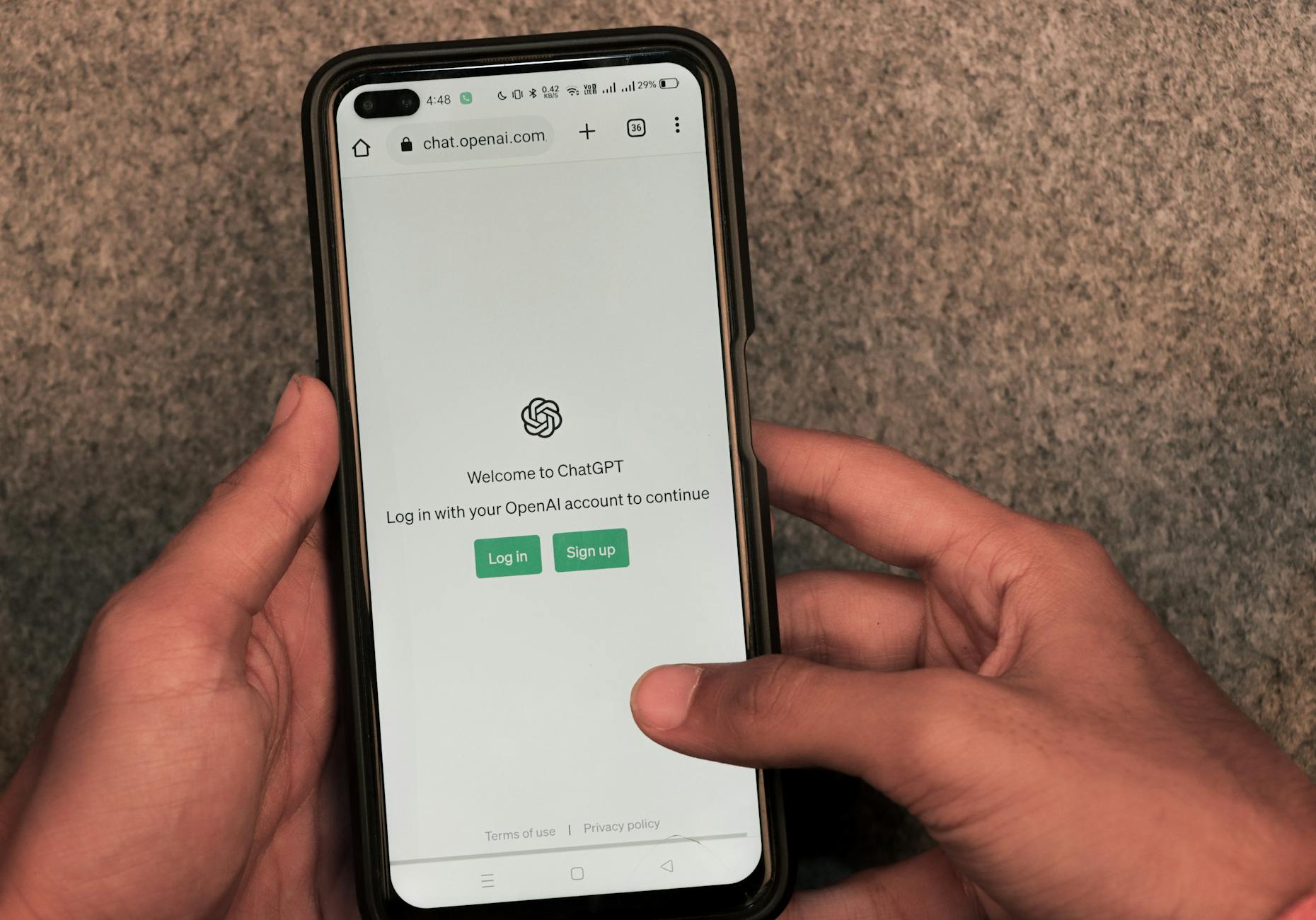Navigating the Digital Mirror: AI Chatbots and the Evolving Teenage Psyche
As adolescents increasingly seek connection with artificial intelligence, experts grapple with the profound implications for their social and emotional growth.
The landscape of adolescent development is undergoing a seismic shift, with artificial intelligence (AI) chatbots emerging as unexpected companions in the lives of teenagers. Once confined to the realm of science fiction, these sophisticated language models are now readily accessible, offering a constant stream of conversation and interaction. As more young people turn to AI for social engagement, a critical question arises: how is this burgeoning reliance on artificial intelligence shaping the developmental trajectory of a generation?
The appeal of AI chatbots to teenagers is multifaceted. They offer a readily available, non-judgmental audience, capable of engaging in seemingly endless conversations. In a world where real-world social interactions can be fraught with anxiety, misinterpretation, and the pressures of peer conformity, AI provides a seemingly safe haven. This burgeoning trend has prompted a flurry of research and discussion among psychologists, educators, and developmental experts, all racing to understand the multifaceted implications of this new form of digital companionship.
This article delves into the burgeoning phenomenon of AI chatbot use among teenagers, exploring the context in which it is occurring, analyzing the potential benefits and drawbacks, and examining the broader implications for adolescent development. We will navigate the complexities of this digital frontier, drawing upon expert insights and research to offer a comprehensive overview of how AI is impacting the way teenagers connect, learn, and grow.
The Shifting Sands of Social Connection: Context and Background
To understand the current impact of AI chatbots on teenagers, it’s essential to consider the broader societal and technological shifts that have paved the way for their widespread adoption. Adolescence has always been a period of intense social and emotional development, characterized by the formation of identity, the navigation of peer relationships, and the increasing desire for independence. However, the digital age has fundamentally altered the terrain upon which these developmental tasks are undertaken.
The ubiquitous presence of smartphones and social media platforms has created an environment where online interaction often rivals or even surpasses face-to-face communication for many adolescents. Platforms like TikTok, Instagram, and Snapchat have become central to teen social life, offering avenues for connection, validation, and the construction of online personas. Yet, these platforms also present their own set of challenges, including cyberbullying, social comparison, and the pressure to maintain a curated digital image.
It is within this digitally saturated environment that AI chatbots have begun to gain traction. Initially, AI technologies were largely perceived as tools for information retrieval or task completion. However, the rapid advancements in natural language processing and machine learning have led to the development of increasingly sophisticated conversational agents. Chatbots like ChatGPT, Bard, and others are capable of generating human-like text, answering complex questions, and even engaging in creative writing and role-playing scenarios. Their accessibility via web browsers and dedicated apps has made them an easy addition to the digital toolkit of tech-savvy teenagers.
The appeal of these AI companions is further amplified by their perceived anonymity and lack of social consequences. For teenagers who struggle with social anxiety, introversion, or past negative social experiences, AI chatbots can offer a less intimidating form of interaction. They can practice social skills, explore different conversational styles, and receive immediate feedback without the fear of judgment or rejection that can accompany human interactions. This perceived safety net can be particularly attractive to vulnerable youth seeking solace or a sense of connection.
Furthermore, the constant availability of AI chatbots is a significant factor. Unlike human friends or family members who have their own schedules and limitations, an AI chatbot is always “on.” This round-the-clock availability can be a powerful draw for teenagers who feel lonely, bored, or simply want someone to talk to at


Leave a Reply
You must be logged in to post a comment.